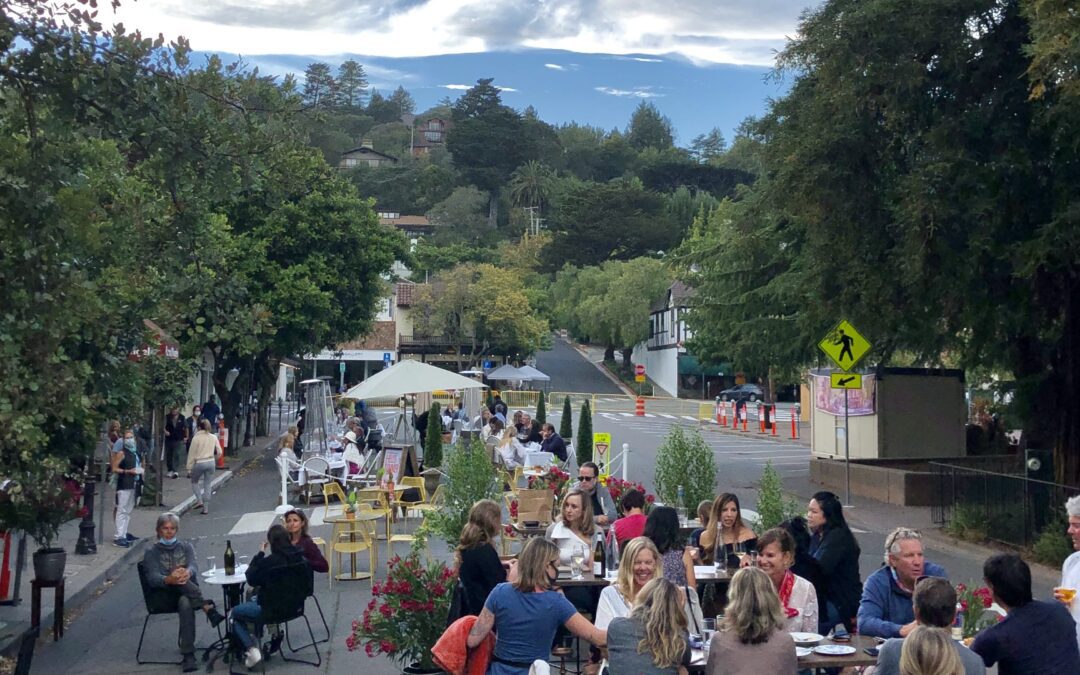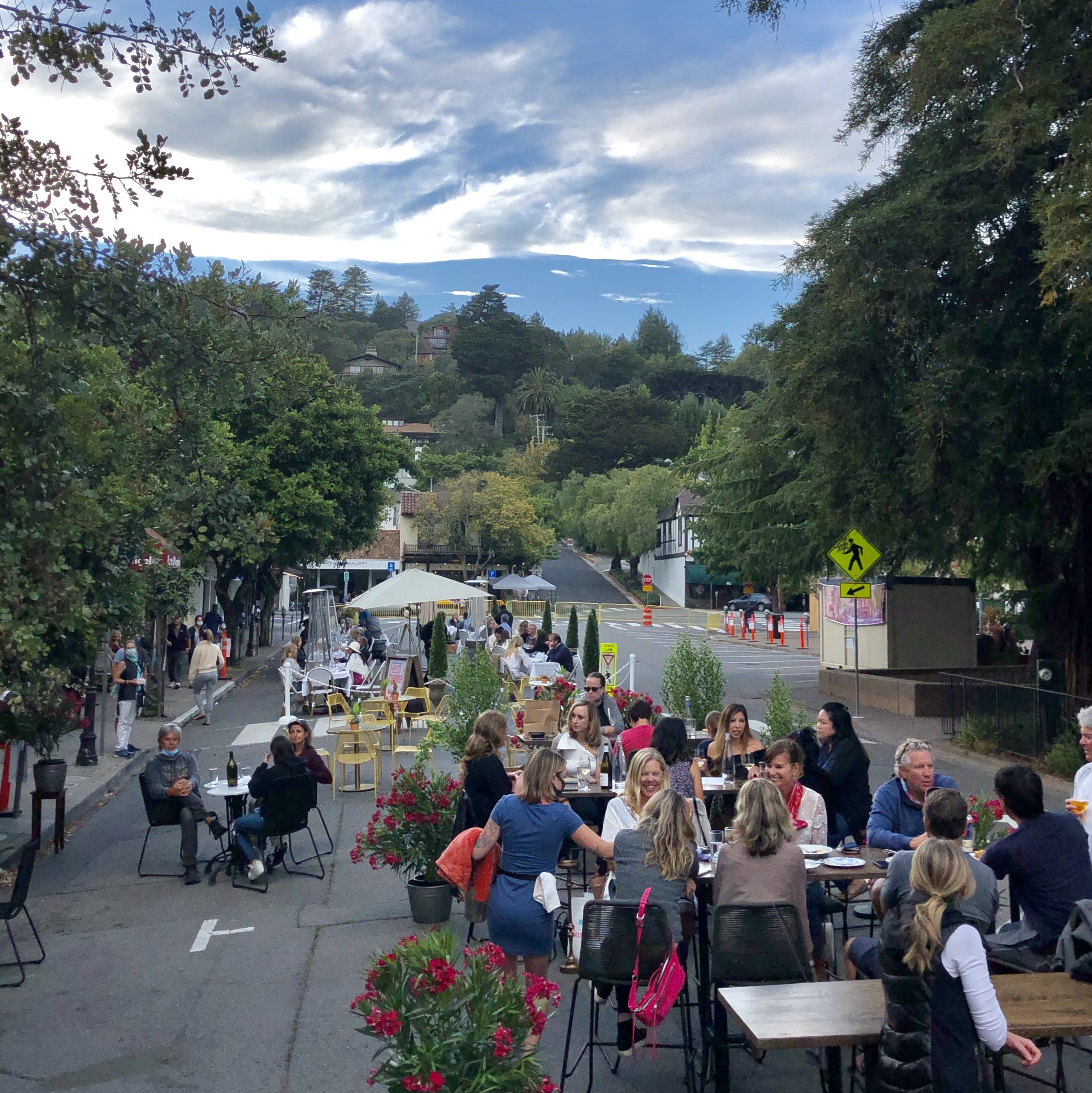While it’s unlikely we’ll see robot couriers on wheels strolling down Throckmorton or Miller avenue anytime soon, a recent New York Times piece framed the possibility into a broader question: “How do we share public space like streets and sidewalks — and who is responsible for the inevitable harms that result from changing our communities, including threats to safety, wear and tear of roads and sidewalks, congestion and pollution?”
Citing delivery robot examples in San Francisco, Pennsylvania, Kirkland, Wash., NYT tech reporter Shire Ovide wrote that “versions of these questions emerged when e-commerce deliveries boomed, and they appear whenever locales carve out room for outdoor dining, cycling, ride services such as Uber, walking, buses, driverless cars, electric scooters or flying taxis. These are all flavors of the same dispute over who belongs and who doesn’t in our shared spaces, and who deserves more or less of a limited resource
“For 100 years, we’ve had all kinds of things on our roads, streets and sidewalks that we don’t quite know what to do with,” said Bryant Walker Smith, a professor at the University of South Carolina law school who studies emerging transportation. There was a time, he pointed out, when cars were the new and contentious interlopers on the roads. Smith acknowledged that there was no simple answer to who and what belong on our streets and sidewalks.
“Not allowing public space to evolve is self-defeating,” Ovide writes. “We might miss out on useful changes to our hometowns or better ways of moving people and goods around.” “Officials and all of us need to ask what we want for our communities, Smith said, then imagine how we want public space to serve those goals. That means thinking comprehensively about uses of roads and sidewalks.”
Most of all, Smith said, people and policymakers should not only contemplate what to do about new forms of transportation, but also be willing to reimagine the status quo of cars and trucks as the dominant users of public space, with everything and everyone else competing for the margins of streets and sidewalks.
Because of the high costs vehicles impose on communities, like traffic congestion, road deaths, climate change and demands on physical space, Smith said that we might need to be more imaginative about making room for everything other than cars. “Let’s encourage the diversity and see what happens,” he said.


